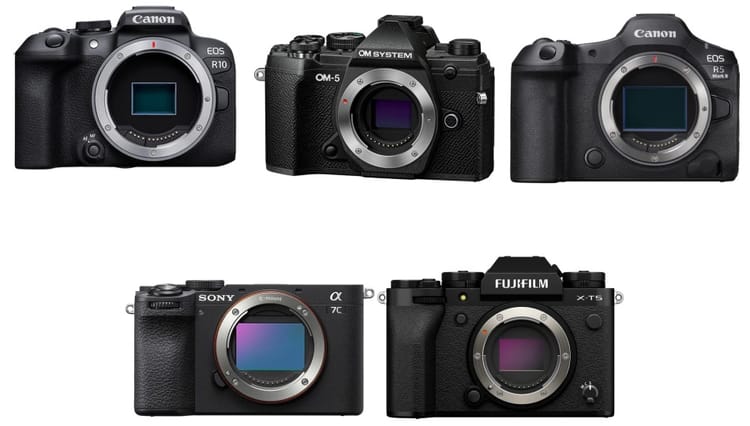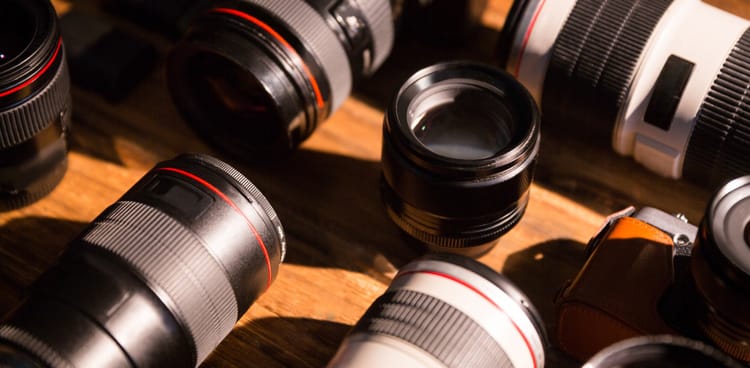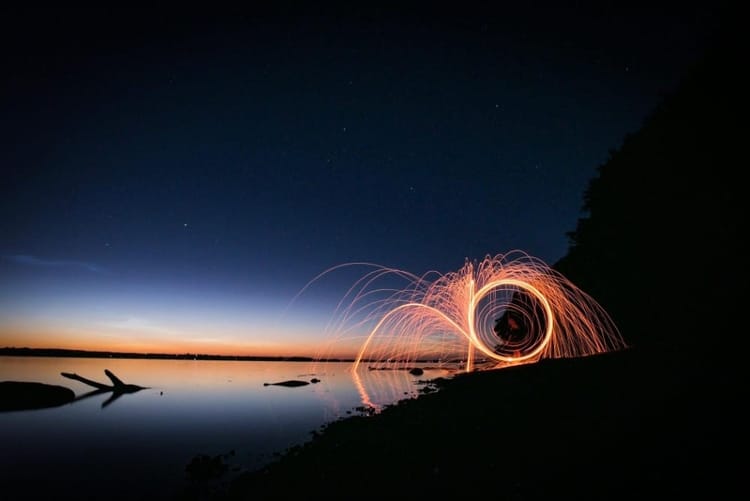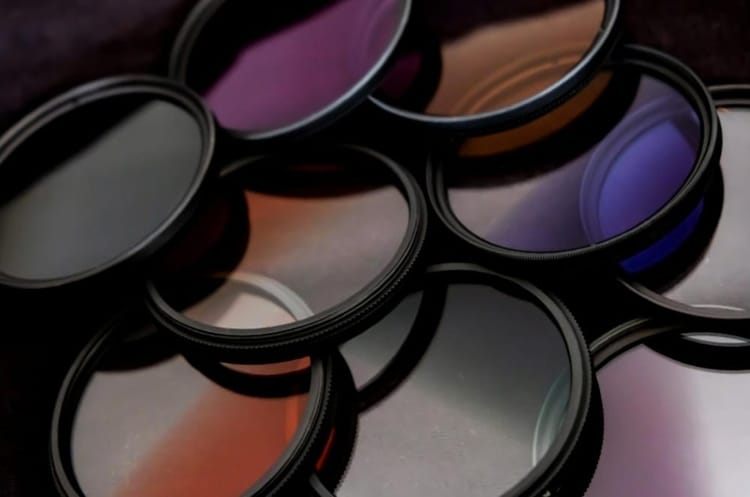Top 7 Street Photography Ideas for Urban Explorers in 2025
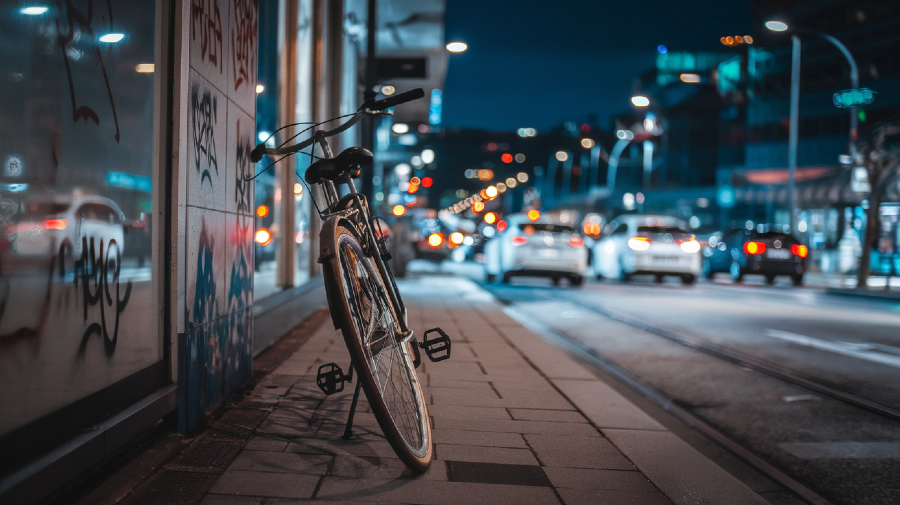
Street photography captures candid moments of everyday life in public spaces. It freezes slices of time that might otherwise go unnoticed. This art form lets you explore your surroundings with a fresh eye and find beauty in the ordinary.
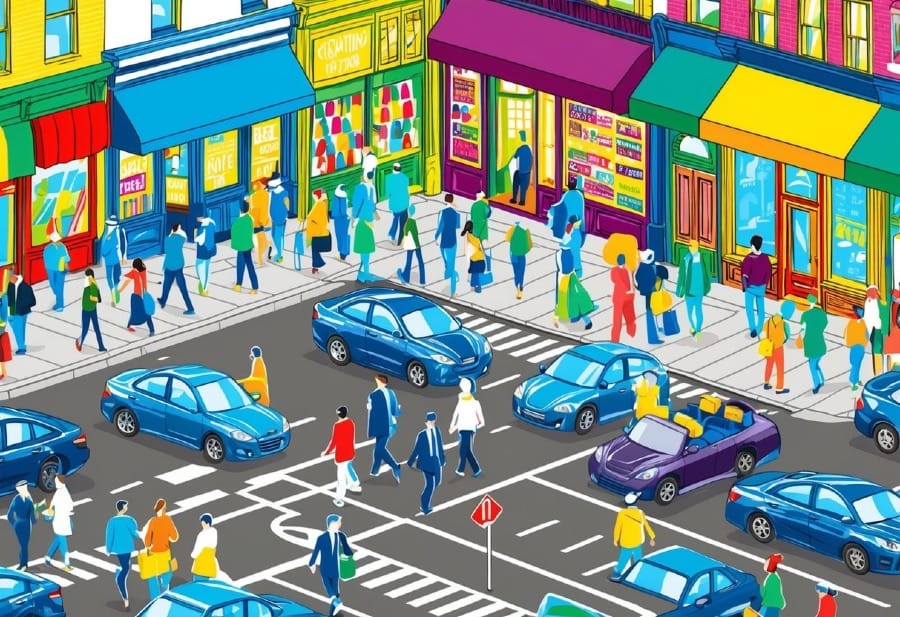
Street photography helps you become a better observer and storyteller with your camera. It pushes you to think on your feet and react quickly to fleeting scenes. By trying new ideas, you can expand your skills and create more compelling images. Let's look at some inspiring approaches to elevate your street photography.
1. Candid Urban Moments
Capturing candid moments is at the heart of street photography. You'll want to focus on unposed, natural scenes that show real life in the city.
Look for people going about their daily routines. This could be commuters rushing to work, friends chatting at a cafe, or kids playing in a park. These everyday scenes can make for compelling images.
Pay attention to facial expressions and body language. They can tell powerful stories without words. A laugh, a frown, or a gesture can convey a lot of emotion in a photo.
Timing is key in candid photography. Be ready to snap the shot quickly when you see an interesting moment unfolding. Practice being observant and anticipating potential photo opportunities.
Try to blend in with your surroundings. If people notice you taking photos, they may change their behavior. Being discreet allows you to capture more natural, unguarded moments.
Don't be afraid to experiment with different angles and perspectives. Sometimes, an unusual viewpoint can make an ordinary scene look extraordinary.
Remember to be respectful of people's privacy. If someone seems uncomfortable with being photographed, it's best to move on and find another subject.
2. Reflections in Puddles
Rainy days offer a great chance to capture unique street photos. Look for puddles on the ground after a shower. These can create amazing reflections of the surrounding cityscape.
Try getting low to the ground for the best angle. This lets you frame both the puddle and the reflected scene. Experiment with different compositions to find what works best.
Puddles on roads or sidewalks often give the most natural-looking reflections. They blend smoothly into the surroundings without harsh edges.
Wait for people to walk by the puddle. Their reflections can add an interesting element to your shot. You might catch a mirror image or a distorted version of passersby.
Don't limit yourself to just puddles. Wet roads and shiny surfaces can also create reflective effects. These work great for capturing city lights or neon signs at night.
Play with symmetry in your shots. Line up buildings or street lamps so they reflect evenly in the water. This can create a striking, balanced image.
Remember to adjust your camera settings for low-light conditions if shooting at dusk or night. A tripod can help keep your camera steady for crisp reflections.
3. Golden Hour Shadows
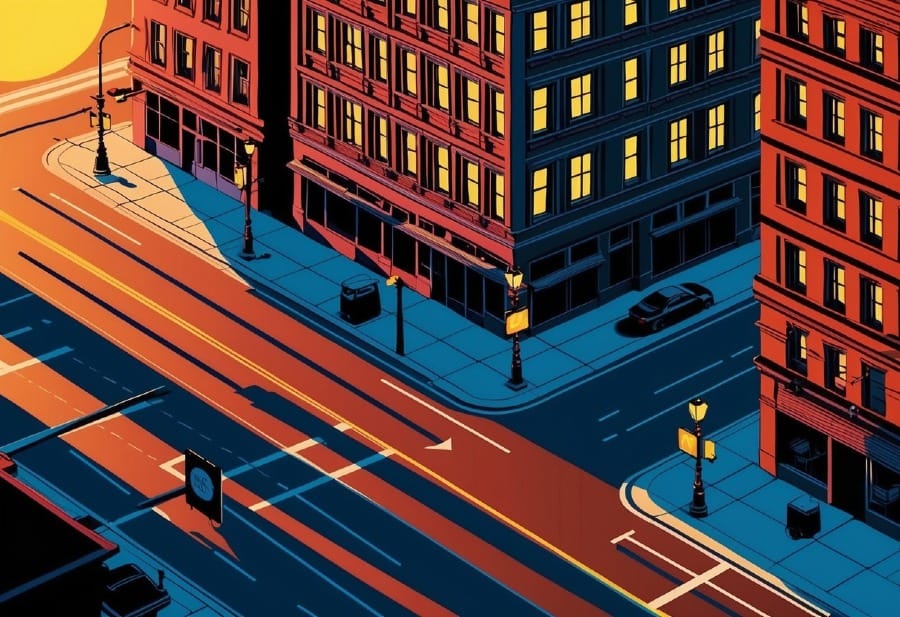
Golden hour shadows can add depth and drama to your street photography. This magical time occurs shortly after sunrise or before sunset, casting long, warm shadows across urban landscapes.
To capture these shadows, position yourself so the sun is behind your subject. This creates striking silhouettes and elongated shadows that stretch across the frame.
Look for interesting textures and patterns on walls or sidewalks. The golden light will enhance these details, making them perfect backdrops for your shots.
Try photographing people walking through patches of light and shadow. The contrast between bright and dark areas can create visually compelling images.
Pay attention to building corners and alleyways. These spots often produce fascinating shadow shapes that you can use to frame your subjects.
Don't forget to experiment with your camera settings. A slightly underexposed shot can emphasize the shadow shapes and create a moody atmosphere.
Remember to move quickly. The golden hour doesn't last long, so be prepared to capture those fleeting moments of beautiful light and shadow play.
4. Street Art Stories
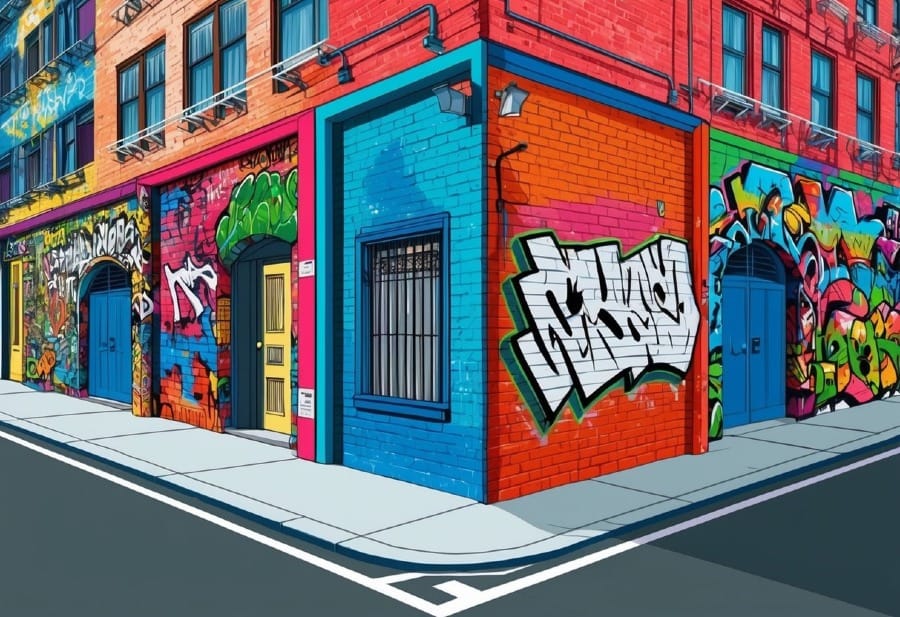
Street art adds color and creativity to urban landscapes. It's a great subject for street photography. You can capture the artwork itself or people interacting with it.
Look for murals, graffiti, or sculptures in your city. These often have interesting stories behind them. Try to capture both the art and its surroundings in your photos.
Watch for people posing with street art. This can create fun and lively images. You might catch someone taking a selfie or admiring the artwork up close.
Consider photographing the artists at work if you're lucky enough to spot them. This gives a behind-the-scenes look at how street art comes to life.
Don't forget about temporary street art like chalk drawings or ice sculptures. These fleeting creations can make for unique and timely photos.
Try visiting the same piece of street art at different times of day. The changing light can dramatically alter its appearance and mood.
Remember to respect copyright laws when photographing street art. If you plan to use the images commercially, you may need permission from the artist.
5. Nighttime Neon Lights
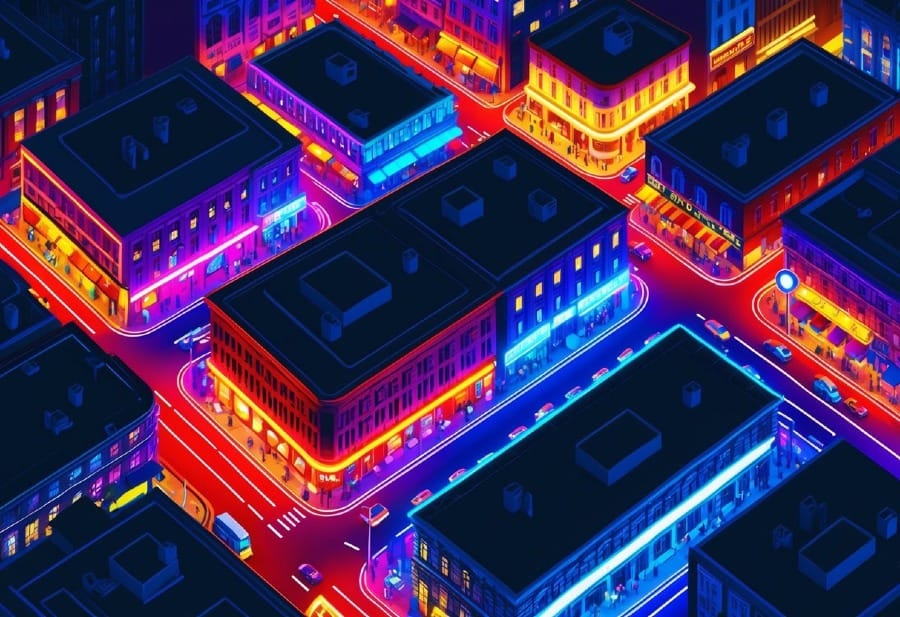
Nighttime neon lights offer a unique and vibrant subject for street photography. The colorful glow creates a captivating atmosphere that can transform ordinary scenes into magical moments.
To capture neon lights effectively, you'll need to adjust your camera settings for low-light conditions. Use a wider aperture and slower shutter speed to let in more light. A tripod can help keep your shots steady.
Look for interesting compositions that incorporate neon signs, storefronts, and reflections. These elements can add depth and intrigue to your photos. Don't be afraid to experiment with different angles and perspectives.
Tokyo is a top destination for neon light photography, but many cities offer great opportunities. Explore areas with bustling nightlife, entertainment districts, or busy streets.
Consider including people in your shots to add a human element. The interplay between neon lights and pedestrians can create compelling stories in your images.
Rain can enhance your neon light photos. Wet surfaces reflect the colorful lights, adding an extra layer of visual interest. Just be sure to protect your camera gear from moisture.
Remember to be patient and take your time. Finding the perfect shot might require waiting for the right moment or returning to a location multiple times.
6. Silhouette Serenity
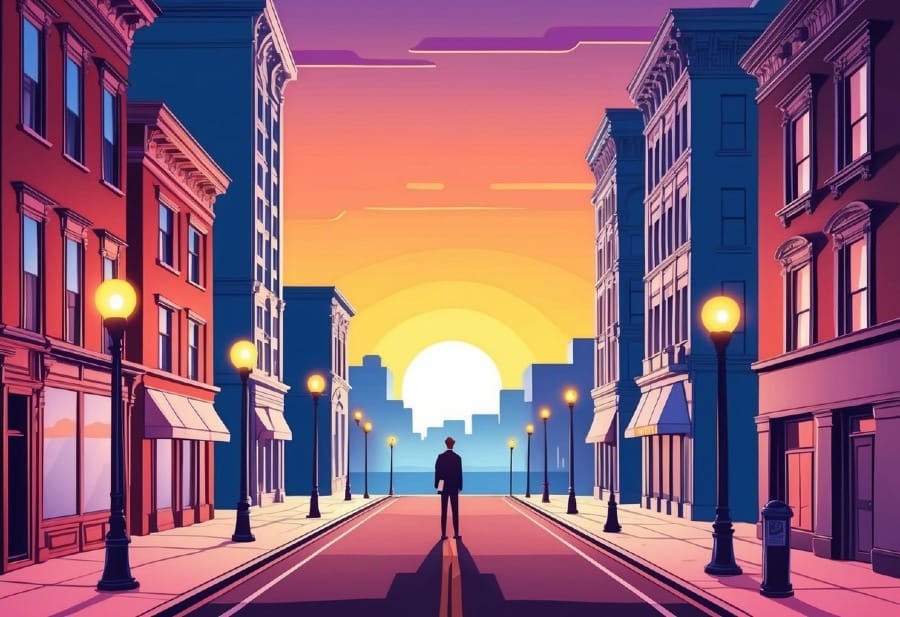
Silhouettes can add a touch of mystery and drama to your street photography. To create captivating silhouettes, you need to get the light right. Look for scenes where your subject is backlit by a bright light source.
The best times for silhouette photos are during the golden hours - just after sunrise or before sunset. Position yourself so that the sun is behind your subject, creating a dark outline against a bright background.
When shooting silhouettes, focus on easily recognizable profiles. People walking, cyclists, or distinct architectural elements make great subjects. Make sure there's a clear separation between your subject and the surroundings.
Pay attention to the background as well. A clean, uncluttered backdrop works best for silhouettes. Look for interesting sky colors or urban landscapes that complement your subject's shape.
Experiment with different angles and perspectives, too. Try shooting from low to the ground or finding high vantage points to create unique silhouette compositions.
Long shadows can add a dramatic effect to your silhouette photos. Look for scenes where the low sun casts elongated shadows across the street, adding depth to your image.
Remember to expose the bright background, not your subject. This will ensure your subject remains a dark, distinct shape against the lighter backdrop.
7. Morning Market Bustle
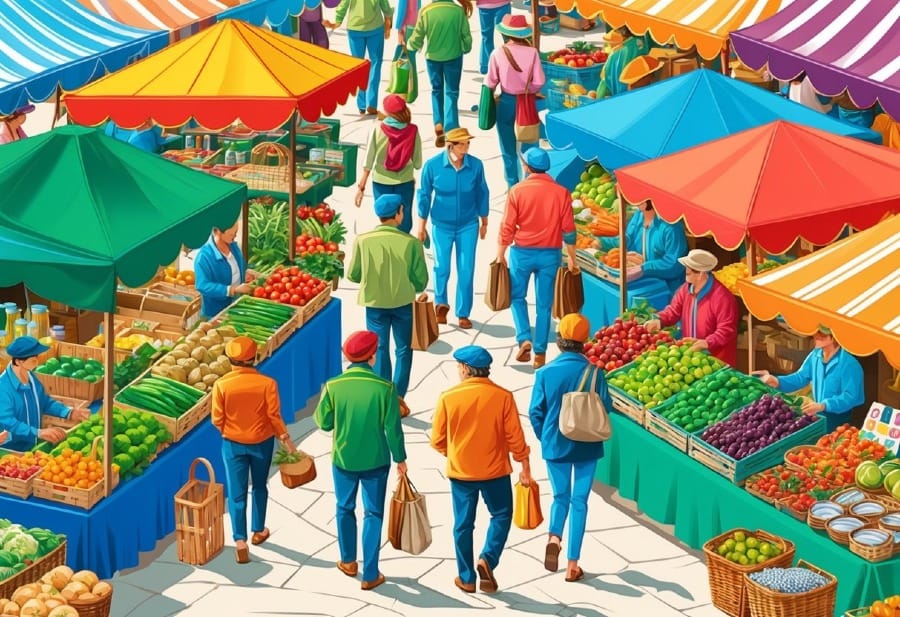
Morning markets offer a unique chance to capture the start of a busy day. You'll find plenty of photo opportunities as vendors set up their stalls and early shoppers arrive.
Look for colorful displays of fruits and vegetables. These make great subjects with their vibrant hues and interesting textures.
Pay attention to the interactions between sellers and buyers. These moments can tell powerful stories about daily life in your community.
Try to capture the soft morning light as it illuminates the market. This gentle glow can add warmth and depth to your images.
Focus on the small details too. A pile of fresh herbs or a hand exchanging money can make for compelling close-up shots.
Don't forget to look for wider scenes that show the overall buzz of the market. This can give viewers a sense of the atmosphere and energy.
Remember to be respectful of people's privacy. Ask for permission if you want to take close-up portraits of vendors or shoppers.
Experiment with different angles and perspectives. Crouch down low or find a high vantage point to add variety to your shots.
Understanding Street Photography
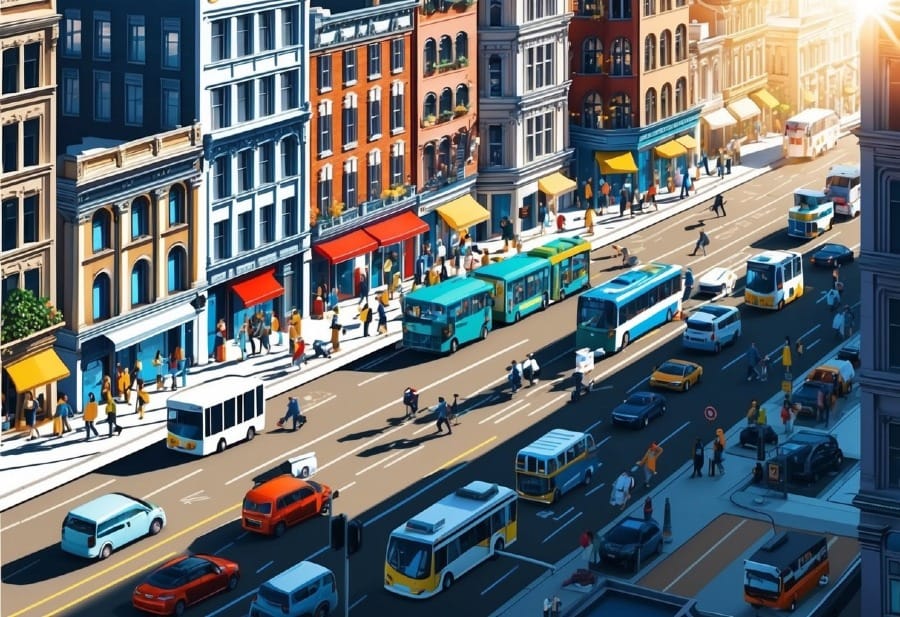
Street photography captures candid moments in public spaces. It shows real life unfolding in cities and towns around the world.
Defining Street Photography
Street photography is an art form that documents everyday life in public areas. You don't need to be on a street - any public place works. The key is capturing unposed, spontaneous scenes.
Subjects can include:
- People going about their day
- Urban landscapes
- Interesting details of city life
The goal is to show authentic human experiences. You want to catch fleeting moments that tell a story.
Street photos often have these qualities:
- Candid subjects
- Public settings
- Unplanned compositions
- A sense of energy or emotion
Historical Context
Street photography has roots in the early 1900s. As cameras became smaller, photographers could easily take them out in public.
Key figures who shaped the genre:
- Henri Cartier-Bresson
- Robert Frank
- Garry Winogrand
These artists roamed cities looking for "decisive moments" to capture. They showed the beauty and complexity of everyday urban life.
The 1950s-1970s were a golden age for street photography. New York City was a popular subject. Today, street photographers work all over the world. Digital cameras and smartphones have made the art form more accessible than ever.
Techniques and Strategies
Street photography relies on quick thinking and keen observation. These methods will help you capture compelling images in urban settings.
Using Light and Shadow
Light and shadow play a key role in street photography. Look for areas with strong contrasts to add depth to your shots.
Seek out spots where sunlight creates interesting patterns on walls or sidewalks. These can form natural frames for your subjects.
Try shooting during the golden hour, just after sunrise or before sunset. The warm, soft light at these times can give your photos a magical quality.
Experiment with backlighting to create silhouettes. Position yourself so the sun is behind your subject, then adjust your exposure for a dramatic effect.
Focusing on Candid Moments
Candid moments are the heart of street photography. To capture them, you need to be quick and unobtrusive.
Use a small camera or your phone to blend in with the crowd. This lets you take photos without drawing attention to yourself.
Set your camera to continuous shooting mode. This increases your chances of catching fleeting expressions or gestures.
Practice zone focusing on reacting faster. Pre-focus your lens at a set distance and wait for subjects to enter that zone.
Look for people engaged in interesting activities or conversations. These often lead to natural, expressive shots.
Ethical Considerations in Street Photography
Street photography brings up important ethical questions. You need to think about people's privacy and rights when taking photos in public.
It's key to respect privacy and gain informed consent when possible. Ask permission before photographing individuals up close.
Be aware of legal boundaries in your area. Laws about public photography vary by location.
Consider how your photos might impact the subjects. Avoid shots that could embarrass or upset someone.
Ethics guidelines:
• Be discreet and unobtrusive • Don't photograph vulnerable people • Respect "no photo" signs and requests • Delete photos if asked • Don't misrepresent subjects
Your camera gives you power. Use it responsibly and treat subjects with dignity.
Thank you for visiting our site and being part of this journey with us! We rely on the generous support of visitors like you to continue providing high-quality. Your donation, no matter the size, helps us maintain the website and create more valuable resources for everyone.

